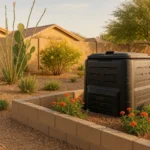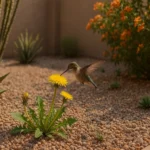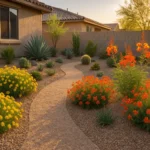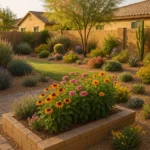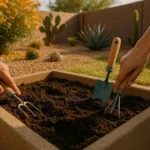Welcome to the May edition of our composting guide for Gilbert! As we move into the warmer months, it’s important to adjust our composting practices to suit the changing weather. Composting is a wonderful way to reduce waste and enrich the soil in your garden, but it does require a bit of knowledge and effort. Don’t worry, though, I’m here to help guide you every step of the way!
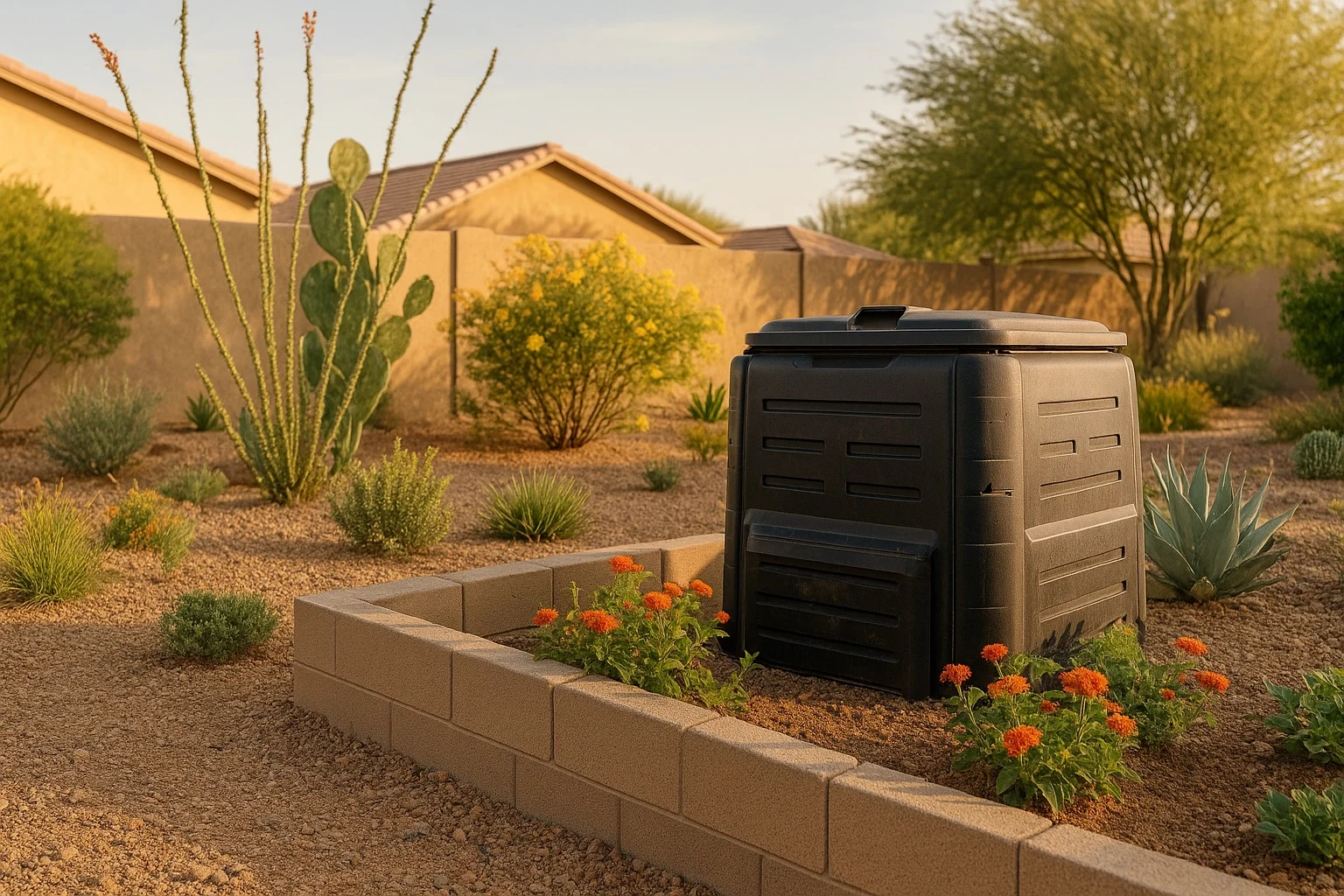
Understanding Composting in Gilbert
First, let’s discuss what composting is, especially for those of you who are new to the concept. Composting is the process of recycling organic material — like kitchen scraps and yard waste — into nutrient-rich soil conditioner. This “black gold” is excellent for improving garden soil and helping plants thrive. It’s also a fantastic way to reduce the amount of waste that ends up in our landfills.
However, composting in Gilbert — and in the rest of the Southeast Valley — is a bit different from composting in other areas. Our arid climate can make the composting process a little more challenging. But with a bit of know-how and some adjustments to your composting routine, you can create rich, fertile compost even in our desert environment.
Choosing the Right Compost Bin
Before we delve into the specifics of composting in Gilbert, let’s talk about compost bins. Choosing the right bin is crucial to successful composting. There are several types of compost bins available, including tumbler bins, stationary bins, and worm bins.
Tumbler bins are ideal for dry climates like ours since they’re enclosed and help retain moisture. They also allow for easy turning, which is vital for aerating the compost and speeding up the decomposition process. Stationary bins are usually open-top containers placed directly on the ground. They’re great for large gardens, but they might require more effort to maintain. Lastly, worm bins, or vermicomposting systems, use worms to help break down organic materials. They’re perfect for small spaces and produce highly nutritious compost, but they do require some extra care.
Getting Your Compost Pile Started
Now that you’ve got your compost bin, it’s time to start building your compost pile. Start with a layer of brown materials — these are carbon-rich materials like dry leaves, straw, and shredded newspaper. Brown materials help add bulk and allow air to circulate in the compost pile.
Next, add a layer of green materials. Green materials are nitrogen-rich materials like kitchen scraps (think fruit and vegetable peels, coffee grounds, and eggshells), grass clippings, and fresh plant trimmings. These materials provide the necessary nutrients for the composting organisms.
Keep adding layers of brown and green materials until your compost pile is about 3 feet high. Aim for a ratio of about 3:1 brown to green materials. This ratio helps ensure a good balance of carbon and nitrogen, which is crucial for efficient composting.
Maintaining Your Compost Pile
Maintaining your compost pile involves turning it regularly, keeping it moist, and monitoring its temperature. Turning your compost pile helps aerate it and speeds up the decomposition process. Aim to turn your compost pile once a week.
Water is also crucial for composting. Your compost pile should be as damp as a wrung-out sponge. In our dry climate, you might need to water your compost pile regularly to maintain the right moisture level. But be careful not to overwater, as too much water can create anaerobic conditions and slow down the composting process.
Monitoring the temperature of your compost pile can help you determine if it’s composting properly. A well-maintained compost pile can reach temperatures of up to 140°F. If your compost pile is too hot, it might be composting too quickly. Check out this post on how to fix a hot compost pile for more information.
Using Your Compost
Once your compost is ready — it should look like dark, crumbly topsoil and have a sweet, earthy smell — it’s time to use it in your garden. You can mix compost into your garden soil to improve its fertility and structure. Compost also makes an excellent mulch. Spread a layer of compost around your plants to help conserve water, suppress weeds, and provide valuable nutrients. If you want to learn more about mulching, check out this post on Mulching 101 for Gilbert.
Composting is a fantastic way to improve your garden and reduce waste. It might require some effort, but the rewards are well worth it. So why not give composting a try? With these tips, you’ll be composting smarter in no time!

